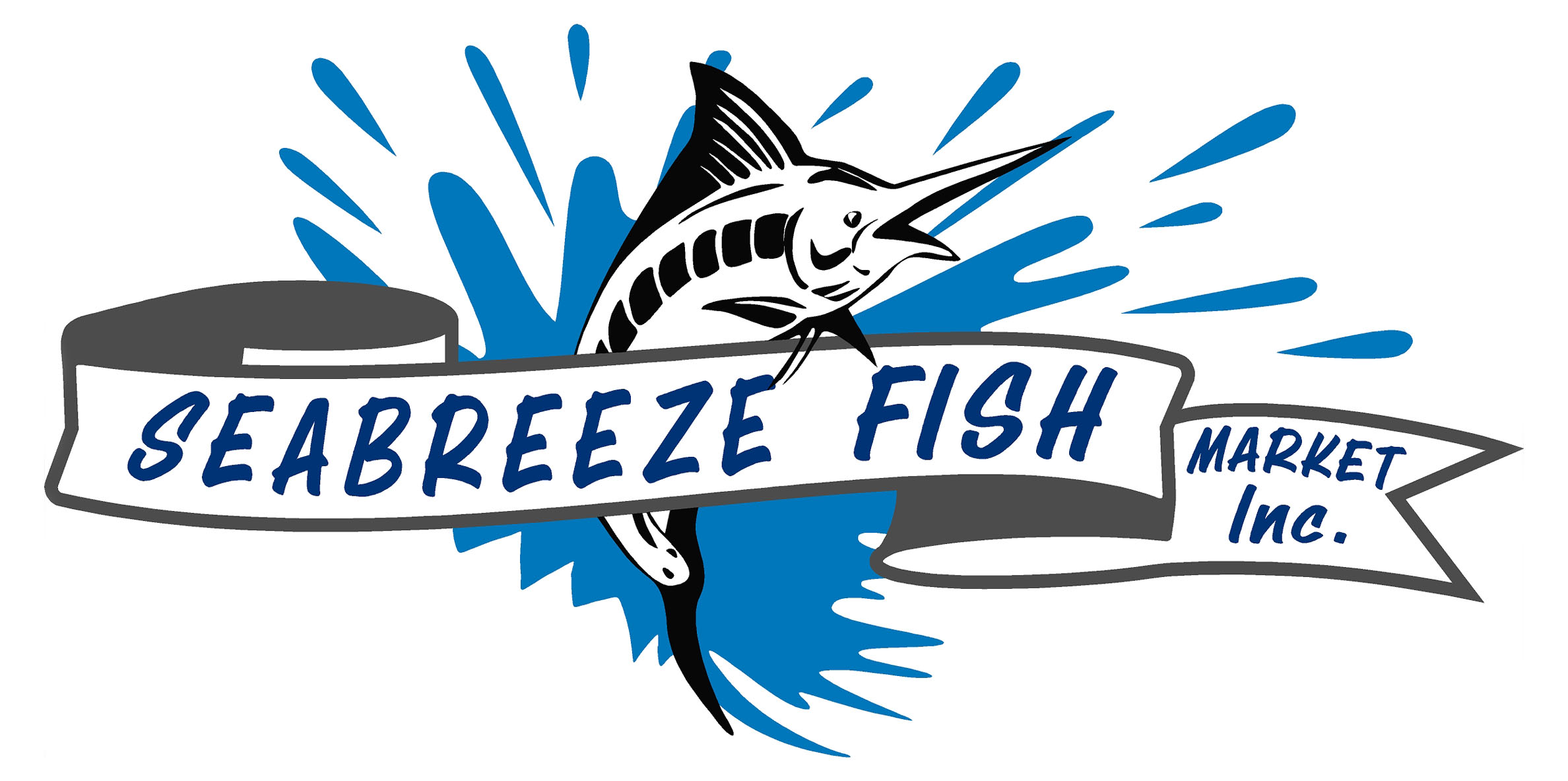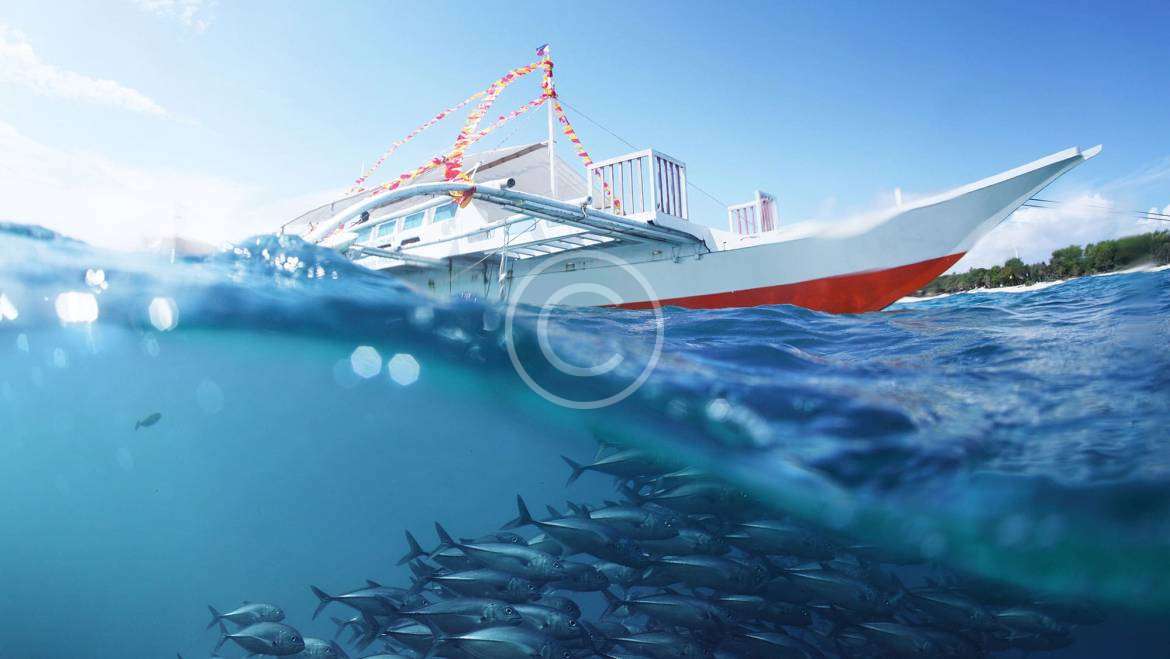The U.S. National Academy of Sciences reported that “human actions have caused drastic reductions in many of the preferred species of edible fish and that man-made changes (created most by long line factory trawling ships) have reduced the composition and abundance of marine animals and plants extensively enough to endanger the functioning of our entire marine ecosystem.”
Marine scientists and fisheries resource managers have committed disastrous errors of thinking in marine life management which has resulted in the destruction of numerous fish populations to only 5% of what was previously abundant in 1950 thus destabilizing major marine ecosystems and impoverishing many coastal communities all over the world creating a malnourished and/or starving population in many under developed, fish food dependent countries.
The United States is the largest importer of seafood in the world. The US imbalance in trade in seafood currently exceeds $14.2 billion per year. This is because our country, with 95,471 miles of national marine coastal resources, only produces 5% of the farmed seafood that we consume.
The US is rated 15th in the world of seafood producers with 91% of its seafood consumption originating from either China, which produces 62% of world seafood, or from India, Vietnam, Indonesia, Bangladesh, Norway, Thailand, Egypt,Chile, Myanmar, Philippines, Brazil, Japan and South Korea producing the remaining 29%. These other foreign nations have sponsored the growth of a huge aquaculture dynasty, which now grows 50% of all seafood consumed worldwide. Aquaculture is a $140 billion-plus international business today and is projected to grow to $200 billion by 2020 (NOAA in “Press”)the USA stands relatively motionless for the last 20 years by growing only 5% of its own seafood requirements.
By 2022, annual per capita consumption of fish in the United States and world-wide is projected to rise to 45 pounds up from 41.5 pounds in 2010 and 22 pounds in the meat-and-potatoes heavy era of 1960’s.
Why not produce our future US seafood requirements within the U.S. marine waters in the Gulf of Mexico?
Sea farming advances in production technologies related to genetic improvements, feeds, aeration, sea cage systems, and new strategies to control disease have lead GMIT to an opportunity to farm fast growing Gulf marine seafood like Cobia (a.k.a Lemonfish, Ling), Mahi-Mahi (Dorado-Dolphin fish), Red Porgy (like Redfish) and shrimp in large, offshore sea cages.
Sustainable Seafood
.



Add Comment